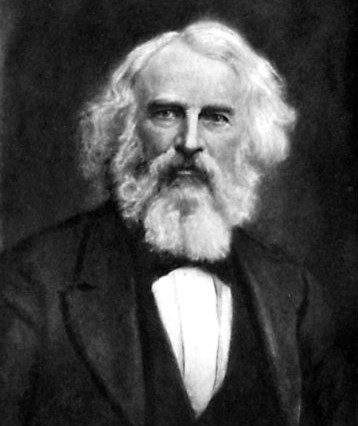Introduction
In this excerpted poem (1850), Henry Wadsworth Longfellow (1807–82), popular American poet and educator, uses the extended metaphor of the “ship of state” to describe our still-young republic. What mood and tone does the poem convey?Examine carefully the metaphor of “ship of state.” Does the ship have a destination or a goal? What are “the anchors of thy hope”—and what the hope itself? What are the dangers—rock, tempest, “false lights on the shore”—to the Union’s “voyage”? Why might the poet believe that humanity itself is “hanging breathless on thy [the Union’s] fate?”
Thou, too, sail on, O Ship of State!
Sail on, O UNION, strong and great!
Humanity with all its fears,
With all the hopes of future years,
Is hanging breathless on thy fate!
We know what Master laid thy keel,
What Workmen wrought thy ribs of steel,
Who made each mast, and sail, and rope,
What anvils rang, what hammers beat,
In what a forge and what a heat
Were shaped the anchors of thy hope!
Fear not each sudden sound and shock,
’Tis of the wave and not the rock;
’Tis but the flapping of the sail,
And not a rent made by the gale!
In spite of rock and tempest’s roar,
In spite of false lights on the shore,
Sail on, nor fear to breast the sea!
Our hearts, our hopes, are all with thee,
Our hearts, our hopes, our prayers, our tears,
Our faith triumphant o’er our fears,
Are all with thee,—are all with thee!
Return to The Meaning of Independence Day.



Post a Comment